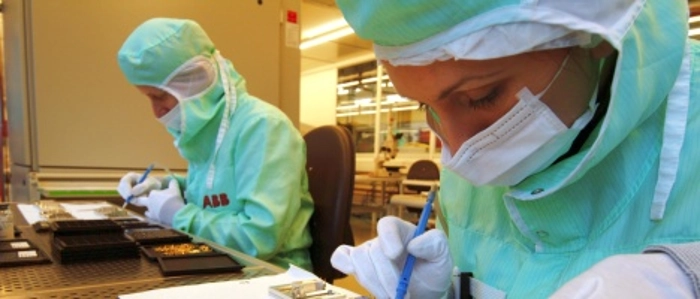
Electronics Production |
No increased cancer risk for cleanroon workers
A five-year epidemiological study conducted by researchers from Vanderbilt University covering more than 100,000 semiconductor industry workers found no association between overall cancer mortality and working in wafer fabrication cleanrooms, the Semiconductor Industry Association (SIA) reported today.
The $7.5 million study was conducted by a team of researchers from the Vanderbilt University Department of Medicine and Vanderbilt-Ingram Cancer Center and supported by a research grant from SIA.
Two peer-reviewed articles detailing the study methodology and conclusions appear in an advance online issue of the Journal of Occupational and Environmental Medicine.
The principal finding of the study as stated by the researchers was that “Work in the US semiconductor industry, including semiconductor wafer fabrication in cleanrooms, was not associated with increased cancer mortality overall or mortality from any specific form of cancer.” The study also found no evidence of increased mortality from all causes or from all cancers when comparing employees working in cleanrooms to non-fabrication workers.
The study involved a review of work histories and assessment of chemical exposures for 100,081 workers employed in U.S. semiconductor companies between 1968 and 2002. The study cohort included 14,280 workers whose employment began prior to 1983.
“Safeguarding the health and safety of workers has always been a top priority of our industry,” said SIA President Emeritus George Scalise. “Recognizing that the semiconductor manufacturing process necessarily involves the use of potentially hazardous chemicals and materials, SIA member companies have over the years supported several independent epidemiology studies to determine whether workers employed in chip manufacturing operations are subject to increased health risks. The purpose of the Vanderbilt study was to determine if there is an increased risk of cancer among wafer fabrication workers when compared to other semiconductor workers or to the general population.
“In corroborating the findings of several previous independent epidemiology studies, these results underscore the effectiveness of programs and practices implemented by the semiconductor industry to ensure the health and safety of our workforce,” Scalise continued. “SIA will continue to devote significant resources and energies to support research and programs that will advance our goal of achieving continuous improvements in industry health, safety, and environmental practices,” Scalise concluded.

